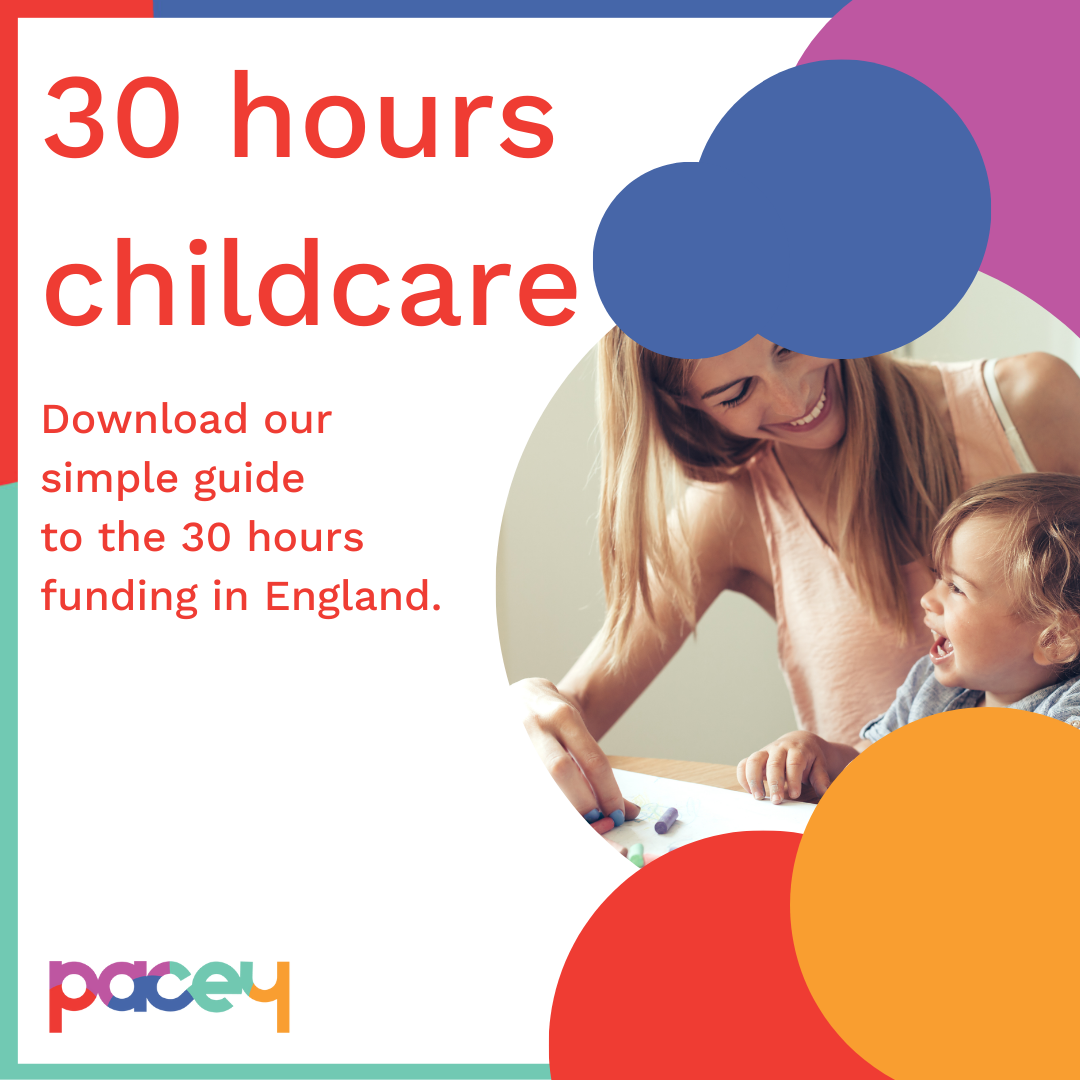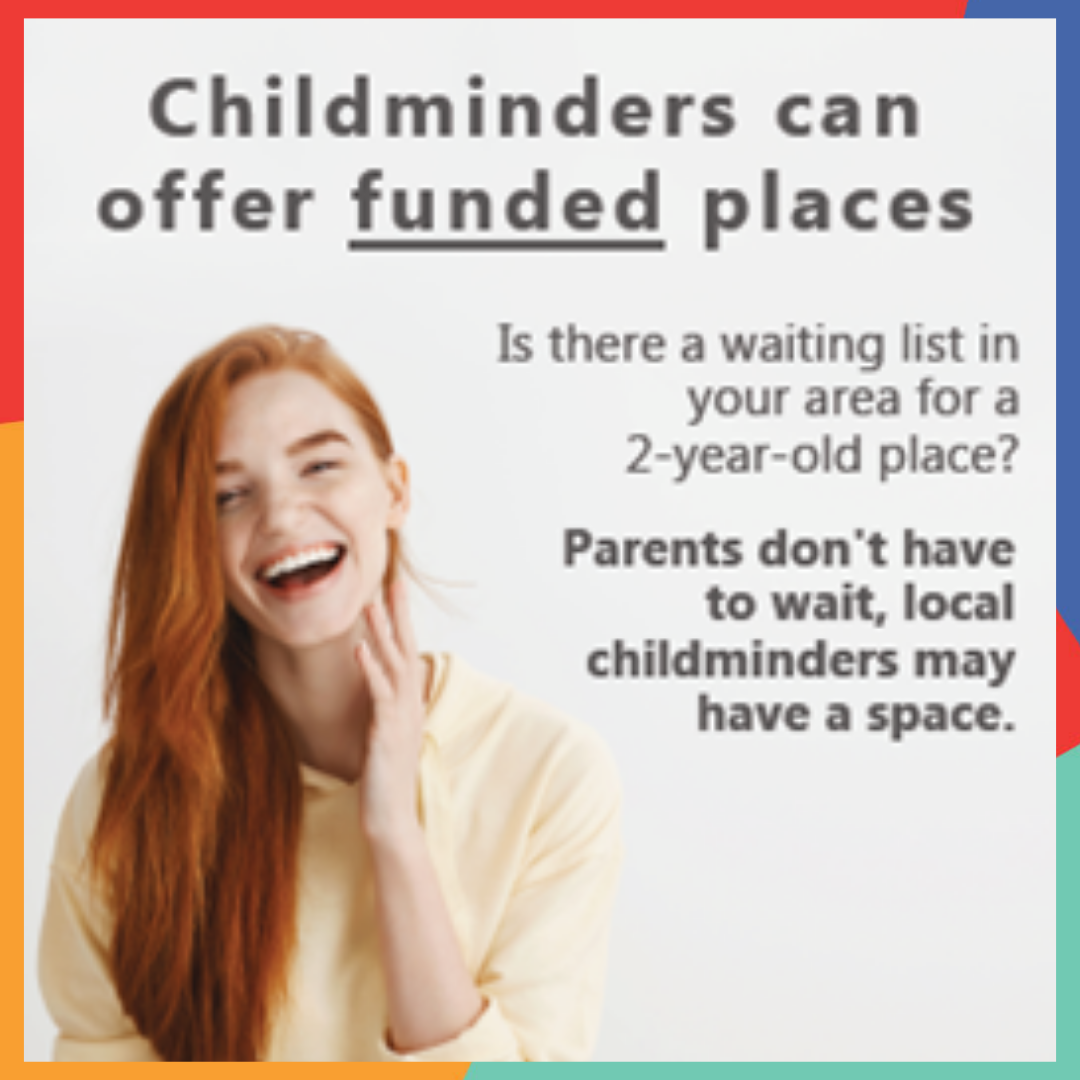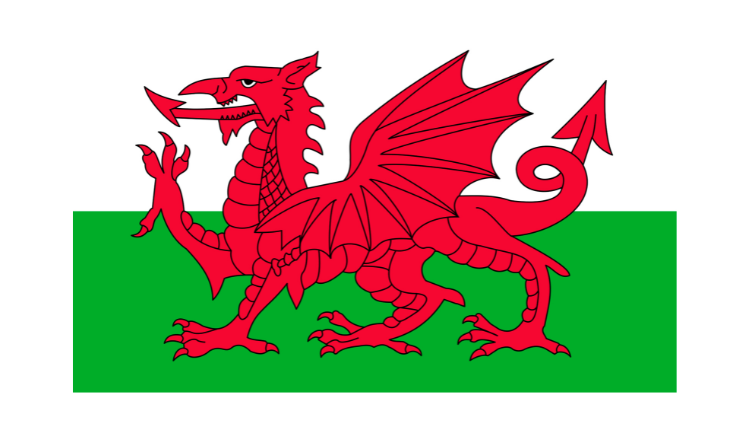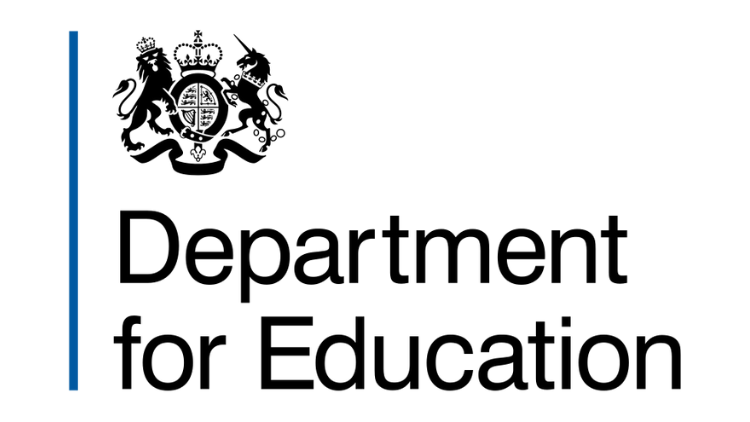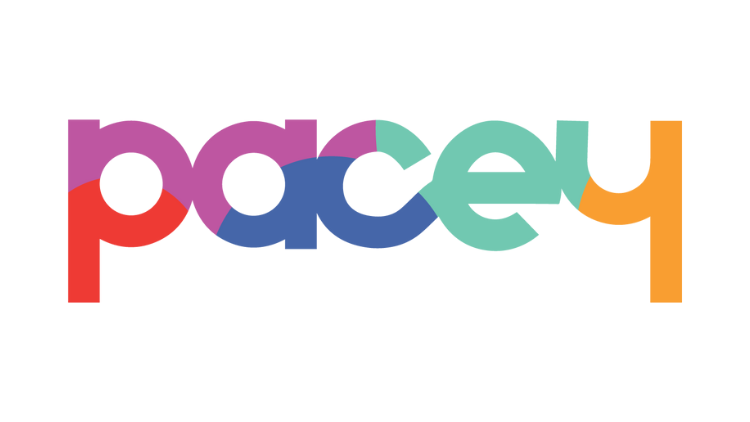Helping families access childcare – Jo-Anne’s story
written by Jo-Anne Linnane, Professional Development Lead, Health Visiting, Greenwich 0-19 service
I have been a health visitor since 2006 and I’ve worked for the NHS for 31 years altogether. I joined the PACEY Together for Twos steering group in Greenwich to help increase take up of the two-year-old childcare funding. This funding can make a huge difference to the lives of children and families.
This project is Department for Education funded to grow the number of disadvantaged families taking up the two-year-old offer with childminders. Working in partnership with Greenwich Early Years and Childcare team the project particularly works with health visitors and JobCentre Plus staff who have direct contact with families, helping us understand how to talk to parents about childcare.
The two-year-old funding supports building community capacity and social mobility. It’s important for health visitors to be on board as we see all the new births and we have a really good understanding of the communities we work in. We witness first hand the social isolation. Anything we can do to improve health inequalities is important and the project is essential for that.
How does the project help families?
Some two-year-olds are entitled to a funded place in childcare – a childminder, nursery or pre-school. The childcare providers that offer funded places are all judged ‘good’ or ‘outstanding’ by Ofsted.
Some families have very limited support available from friends or extended family. This can happen for all sorts of reasons, for example, they may have just arrived in the country and speak a language other than English. I have seen isolated families join a childcare setting and have their social support network extended by making friends with other parents. This helps the parents as well as the children who get more play opportunities and the chance to meet other children.
The funding pays for up to 15 hours a week of childcare during term-time or 570 hours a year. It’s life changing for the parents to get some space to take a bit of time to look at their CV, do a few hours work, attend appointments, or just to take some time for themselves.
Not only do they get time each week, parents also benefit from watching early years workers and childminders modelling how to play with children or manage behaviour. They can ask questions and discuss their worries with someone they trust and who knows their child. I’ve also seen children’s development progress greatly from being in childcare, whether that’s social and emotional or speech and language.
What can health visitors do?
As health visitors, we can tell families about the two-year-old funding and the benefits that good quality early years childcare can bring and then, in Greenwich, we can signpost the parents to children’s centres where they will be supported to apply for the funding. If they’d like us to, we can also make an introduction to a particular person there, who will help them through the process. We work closely with our children’s centre colleagues. We can ask them to call the parent to explain a bit more about the funding. This could make all the difference.
I see this as an important part of our role as parents might not have had a chance to hear about the two-year-old funding otherwise. Also, when talking to families, we can correct misconceptions about the funding such as the worry that it will get taken away if parents get a job. It’s about giving them up-to-date information and signposting them for further support. Each family will make a different choice about childcare, but they can’t make that choice without all of the information available.
Why childminders in particular?
We also work towards dispelling the myths about childminders. We explain that the childminders and nurseries where you can access the funding for two-year-olds are all inspected by Ofsted as ‘good’ or ‘outstanding’. One type of childcare isn’t better than another, each one will suit each child differently. Some two year olds will benefit from being in a nurturing, home environment with a childminder, with fewer children. It very much depends on the individual child.
Some parents might benefit more from the flexibility that childminders can provide. It could be condensed hours for working patterns, or one-off availability so that the parent can attend a hospital appointment. It’s important to raise the profile of childminders so that parents see them as a viable alternative choice for early years education. It’s important that they are seen as educators as well as carers. It’s only an informed choice for parents if childminders have a profile and they know enough about childminders.
A parent who is struggling with trusting someone to take care of their child might find it easier to build up a one-to-one relationship with a childminder, than with a nursery where there are multiple staff members. This consistent relationship will help vulnerable families who deal with day-to-day challenges. For example, parents may be very young themselves and can benefit from the older, more experienced childminder’s support. Ultimately, it’s a choice for each eligible family.
I’m convinced. How do I pass the message on to my colleagues?
To get more health visitors on board and really keen to promote the two-year-old funding, I invited PACEY project childminding development worker, Sally Heron, to talk to our team. Local childminders also attended to explain registration, Ofsted accreditation and more about their day-to-day role. It was great to hear the enthusiasm and details first-hand.
I’ve really enjoyed being part of the steering group. I think the work PACEY has done has raised the profile of childminders within the service. It’s really worthwhile. What we don’t want is children on nursery waiting lists while there are childminders available. We need to keep the message out there that they are doing a valuable job for the family and community.

